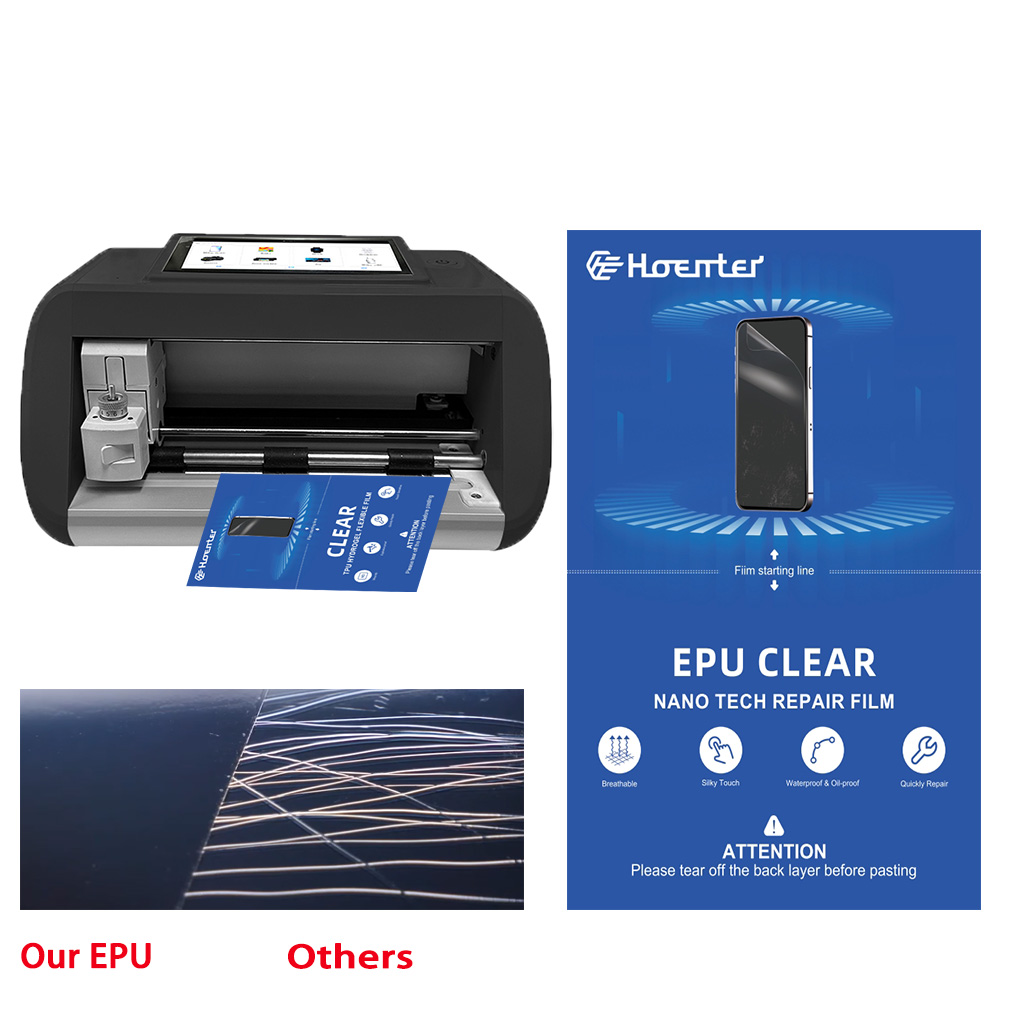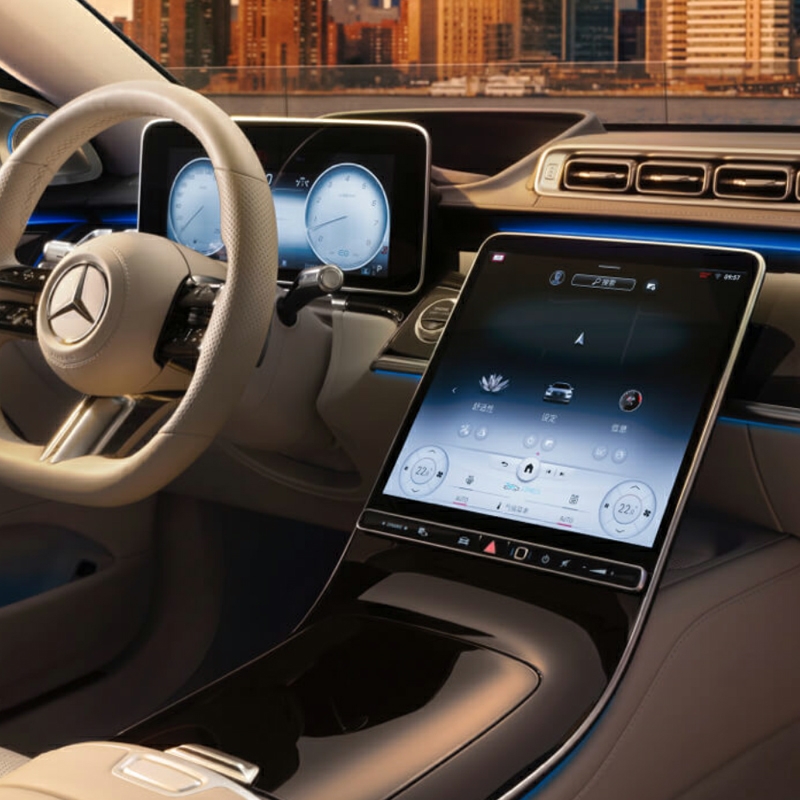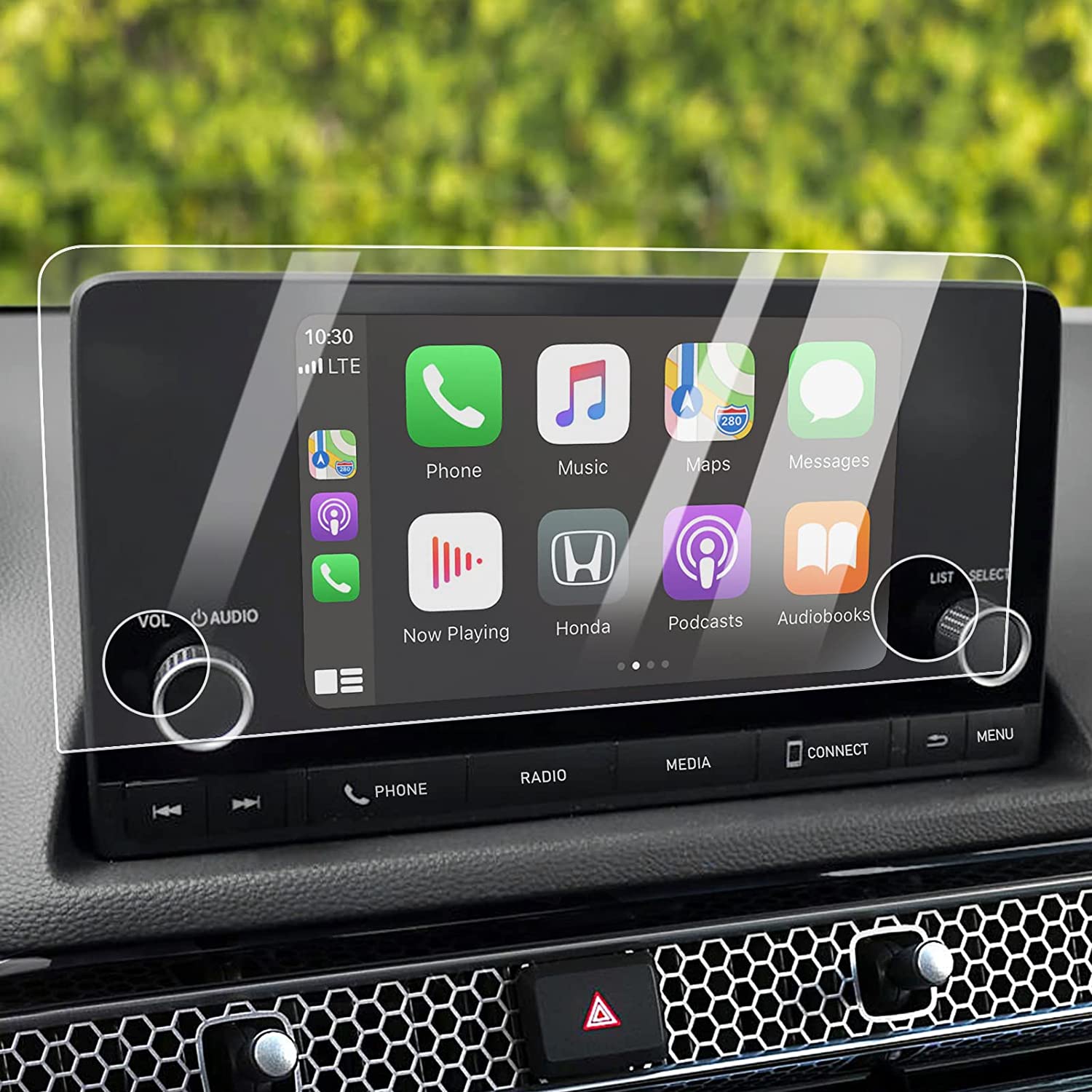
Is Hydrogel Screen Protector Good?
Table des matières
Résumé
- Hydrogel protectors are flexible, self-healing, and less noticeable.
- Protecteurs en verre trempé offer superior durability and impact resistance.
- Installation is generally easier with hydrogel protectors.
- Coût is typically lower for hydrogel protectors, but tempered glass may offer better long-term value.
- User experience varies slightly, with hydrogel offering a seamless feel and tempered glass providing a glass-like surface.
Qu'est-ce qu'un protecteur d'écran ?
Screen protectors are thin layers of material applied to the screens of electronic devices to protect them from scratches, cracks, and other forms of damage. They are essential for maintaining the longevity and functionality of your device. With the rise of smartphones and tablets, screen protectors have become a staple accessory for many users.Screen protectors come in various materials, including plastic, tempered glass, and hydrogel. Each type offers different levels of protection and user experience. Understanding these differences is key to choosing the right one for your device.Hydrogel Screen Protector: An Overview
Hydrogel screen protectors are made from a soft, flexible material that can absorb impacts and resist scratches. They are known for their self-healing properties, which allow minor scratches to disappear over time. This makes them an attractive option for users who want a screen protector that maintains a pristine appearance.One of the standout features of hydrogel protectors is their thinness. They are often less noticeable than other types of protectors, providing a more seamless look and feel. This can be particularly appealing for users who prioritize aesthetics and touch sensitivity.
Tempered Glass Screen Protector: An Overview
Tempered glass screen protectors are made from toughened glass that offers superior protection against drops and impacts. They are thicker than hydrogel protectors, providing a robust barrier between your device’s screen and the outside world. This makes them a popular choice for users who prioritize durability.The clarity and touch sensitivity of tempered glass protectors are often praised. They provide a smooth, glass-like feel that closely mimics the original screen, enhancing the user experience. However, their thickness can sometimes make them more noticeable than hydrogel protectors.Hydrogel vs. Tempered Glass: Key Differences
When comparing hydrogel and tempered glass screen protectors, several key differences emerge. Hydrogel protectors are known for their flexibility and self-healing properties, while tempered glass protectors offer superior durability and impact resistance.Hydrogel protectors are generally thinner and less noticeable, making them a good choice for users who want a seamless look. On the other hand, tempered glass protectors provide a more robust layer of protection, ideal for users who are rough on their devices.Self-Healing Properties of Hydrogel Protectors
One of the most appealing features of hydrogel screen protectors is their self-healing ability. Minor scratches and scuffs can disappear over time, keeping the protector looking new. This is achieved through the material’s unique composition, which allows it to “heal” itself.This self-healing property is particularly beneficial for users who frequently handle their devices in environments where scratches are likely. It ensures that the screen protector remains clear and free of blemishes, enhancing the overall appearance of the device.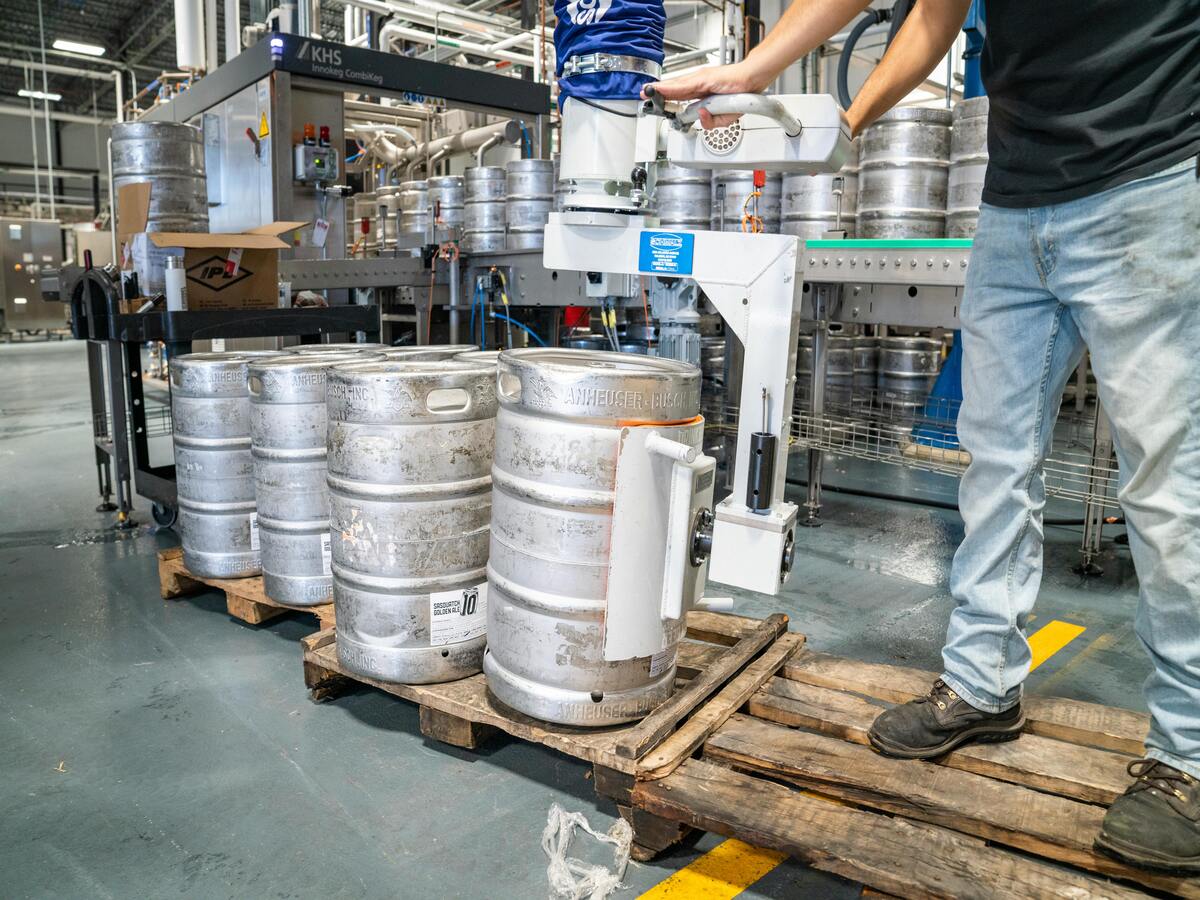
Durability and Strength: Tempered Glass Advantages
Tempered glass screen protectors are renowned for their durability and strength. They are designed to withstand significant impacts, protecting your device’s screen from cracks and shattering. This makes them an excellent choice for users who are prone to dropping their devices.The strength of tempered glass protectors is due to the toughening process they undergo during manufacturing. This process increases the glass’s resistance to damage, providing a reliable layer of protection for your device.Installation Process: Which is Easier?
The installation process for screen protectors can vary depending on the type. Hydrogel protectors are often easier to install due to their flexibility, which allows them to conform to the screen’s surface without bubbles or misalignment.Tempered glass protectors, while more rigid, can also be installed with ease if done carefully. However, their thickness can sometimes make alignment more challenging. It’s important to follow the manufacturer’s instructions closely to ensure a successful installation.Cost Comparison: Are Hydrogel Protectors More Expensive?
When it comes to cost, hydrogel screen protectors are generally more affordable than tempered glass options. This makes them an attractive choice for budget-conscious users who still want effective screen protection.However, it’s important to consider the long-term value of each type. While hydrogel protectors may be cheaper upfront, tempered glass protectors offer superior durability, potentially saving you money on replacements in the long run.User Experience: Touch Sensitivity and Clarity
Both hydrogel and tempered glass screen protectors offer excellent touch sensitivity and clarity, but there are subtle differences. Hydrogel protectors are often praised for their seamless feel, closely mimicking the original screen’s touch experience.Tempered glass protectors, while slightly thicker, provide a smooth, glass-like surface that enhances the user experience. The choice between the two often comes down to personal preference and the specific needs of the user.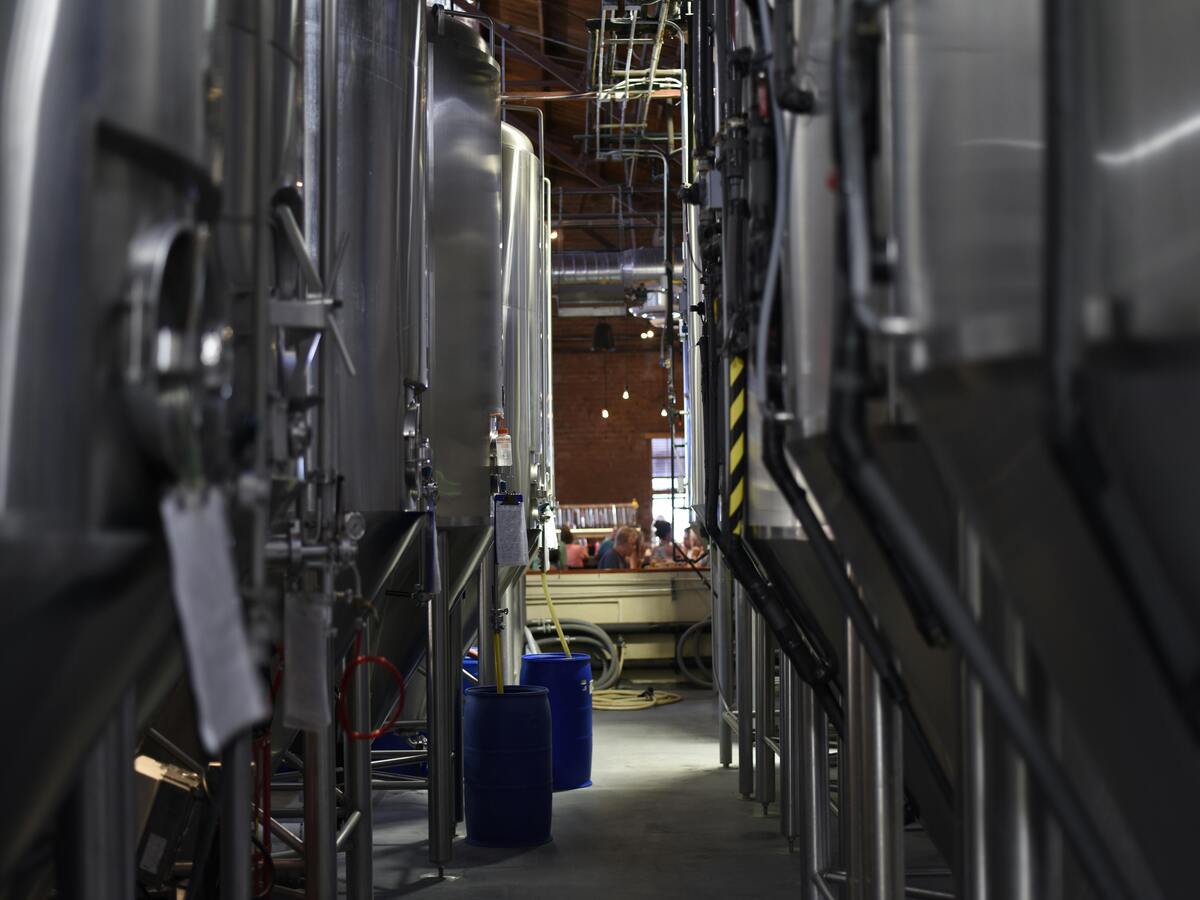
Which Screen Protector is Right for You?
Choosing the right screen protector depends on your priorities and lifestyle. If you value a seamless look and self-healing properties, a hydrogel protector may be the best choice. However, if durability and impact resistance are your top concerns, a tempered glass protector is likely the better option.Consider your device usage habits and the environments in which you use your device. This will help you determine which type of screen protector will provide the best protection and user experience for your needs.Commentaires
Tags

Comment une machine intelligente de découpe d'écran confidentiel améliore la sécurité des appareils
L'investissement dans des machines intelligentes de découpe d'écrans de confidentialité renforce la sécurité des appareils en fournissant des protections d'écran découpées avec précision et dotées de filtres de confidentialité avancés, ce qui garantit que les informations sensibles sont protégées contre toute visualisation non autorisée, que ce soit dans un cadre personnel ou professionnel.
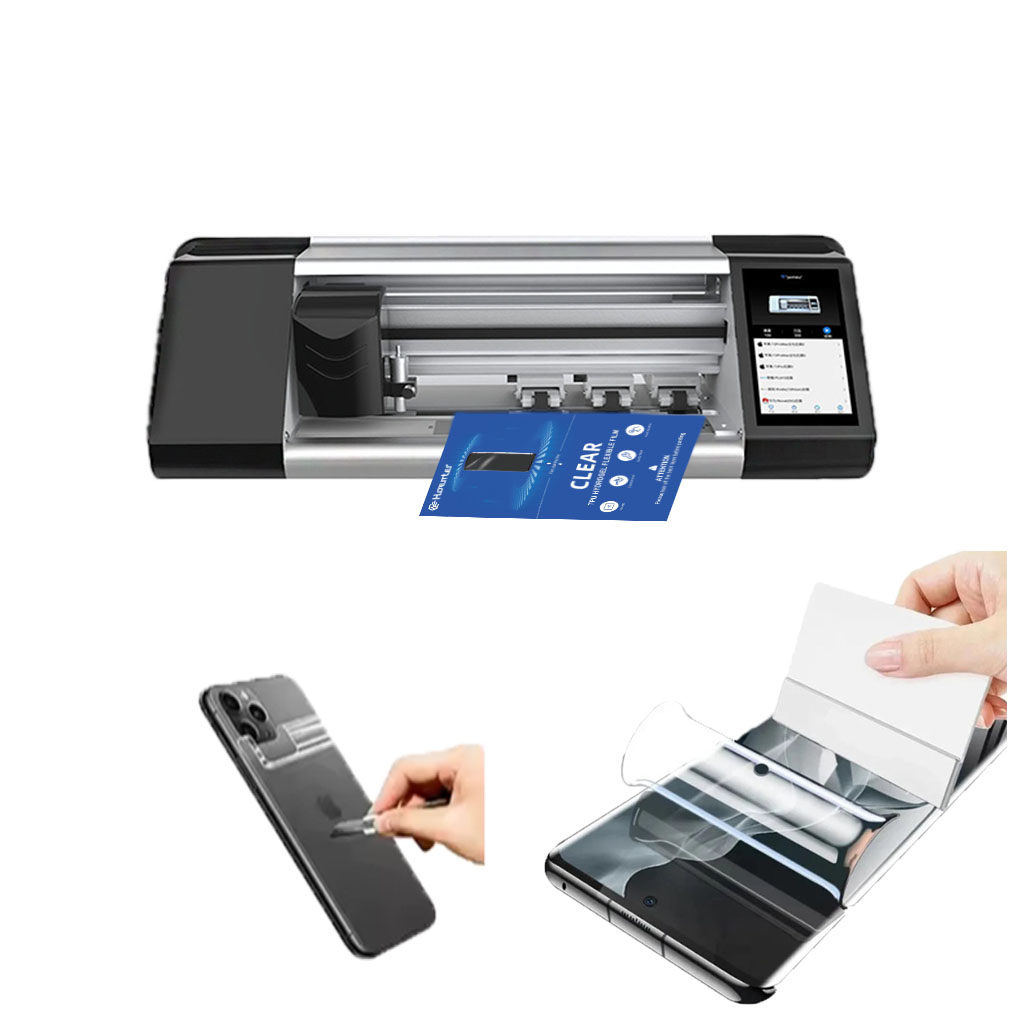
Machine à découper les protections d'écran en hydrogel
Les machines de découpe d'hydrogel excellent dans la manipulation de matériaux souples et flexibles et sont généralement plus rentables pour les conceptions simples.
Les machines de découpe au laser offrent une précision supérieure, notamment pour les découpes complexes, et une plus grande polyvalence des matériaux.
Le choix entre l'hydrogel et la découpe au laser dépend de facteurs tels que le volume de production, les types de matériaux et la complexité de la conception.
Tenez compte des coûts à long terme, notamment de l'entretien et de la consommation d'énergie, lorsque vous prenez votre décision.
Les deux technologies continuent d'évoluer, les tendances futures étant axées sur l'intégration de l'IA et les solutions écologiques.

Avantages environnementaux de l'utilisation d'un coupeur de protecteurs d'écran : Réduire les déchets
Le concept de réduction des déchets est fondamental pour la durabilité environnementale, en particulier dans le contexte des produits de consommation tels que les protections d'écran.

Screen Protector Cutting Machine Reviews : Ce qu'il faut prendre en compte avant d'acheter
Lorsque vous vous lancez dans la production de protecteurs d'écran, l'un des investissements les plus importants que vous ferez sera l'achat d'une machine à découper les protecteurs d'écran.
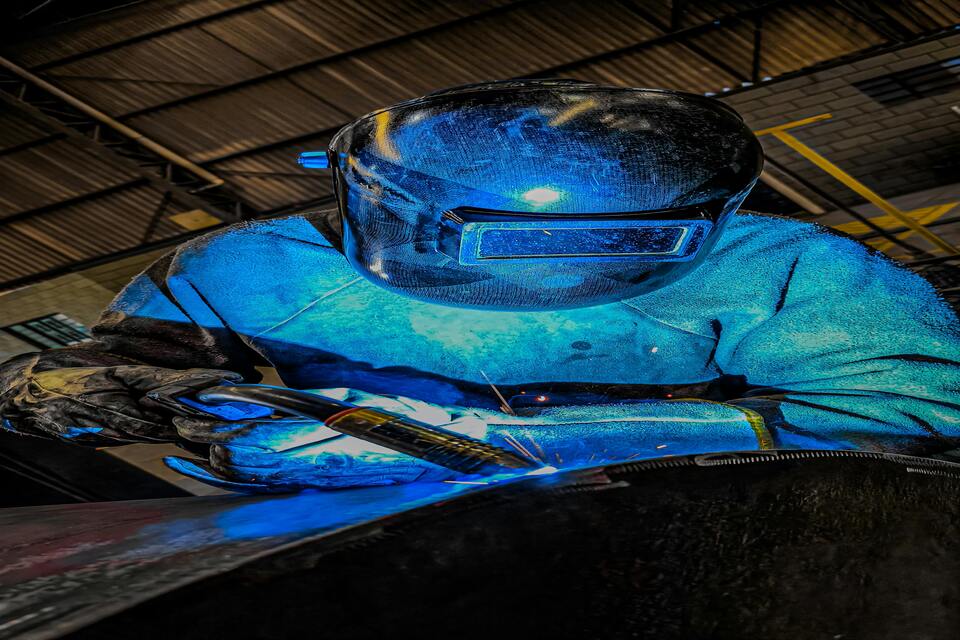
How to Repair Water Damaged Phone
Remember, while these steps can help save your water-damaged phone, prevention is always better than cure.
Découvrez toutes les connaissances et tendances de notre blog, obtenez le prix de gros et la meilleure qualité de notre usine.

Quelles sont les machines de découpe de films et leurs applications ?
Les machines de découpe de films ont joué un rôle crucial dans l'évolution de la production cinématographique et de divers processus industriels en permettant une découpe et une jonction précises des matériaux cinématographiques.

Qu'est-ce qu'une machine à découper les protections d'écran ?
Une machine à découper les protections d'écran est un appareil spécialisé conçu pour produire des protections d'écran sur mesure pour divers appareils électroniques, notamment les smartphones, les tablettes, les smartwatches, les ordinateurs portables et les moniteurs.

Comment fonctionne la machine à découper les protections d'écran de téléphone portable?
Une machine à découper les protections d'écran de téléphone portable est un appareil sophistiqué conçu pour
produire des protections d'écran personnalisées pour divers appareils numériques avec un haut degré de précision.
et l'efficacité.

Caractéristiques du verre trempé et du protecteur d'écran TPU pour téléphones portables
Les protections d'écran en polyuréthane thermoplastique (TPU) sont flexibles, durables et
films plastiques auto-cicatrisants conçus pour protéger les écrans d'appareils électroniques contre la corrosion.
les rayures, les impacts et autres dommages potentiels.

Révolutionner la protection des appareils grâce à la machine à découper les écrans de protection
Que vous possédiez un smartphone, une tablette ou une smartwatch, cette machine polyvalente s'adapte à un large éventail d'appareils. Il s'adapte parfaitement aux dimensions de votre gadget, offrant un ajustement personnalisé que les protecteurs génériques ne peuvent égaler.

Garantie à vie du protecteur d'écran
La garantie à vie d'un protecteur d'écran est une garantie fournie par les fabricants.
s'engage à réparer ou à remplacer un protecteur d'écran pendant toute la durée de vie du produit, selon des conditions spécifiques.

